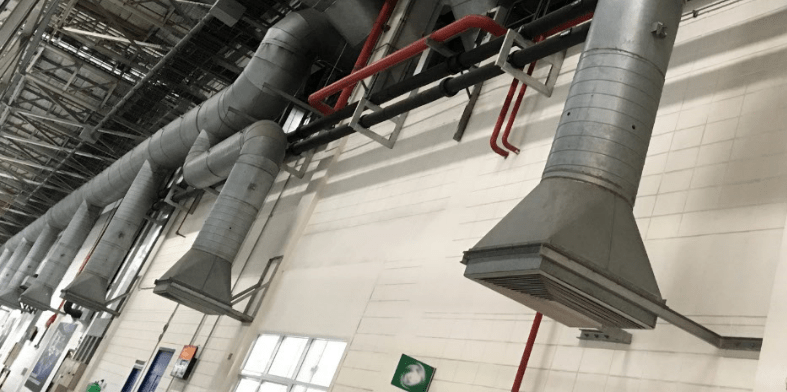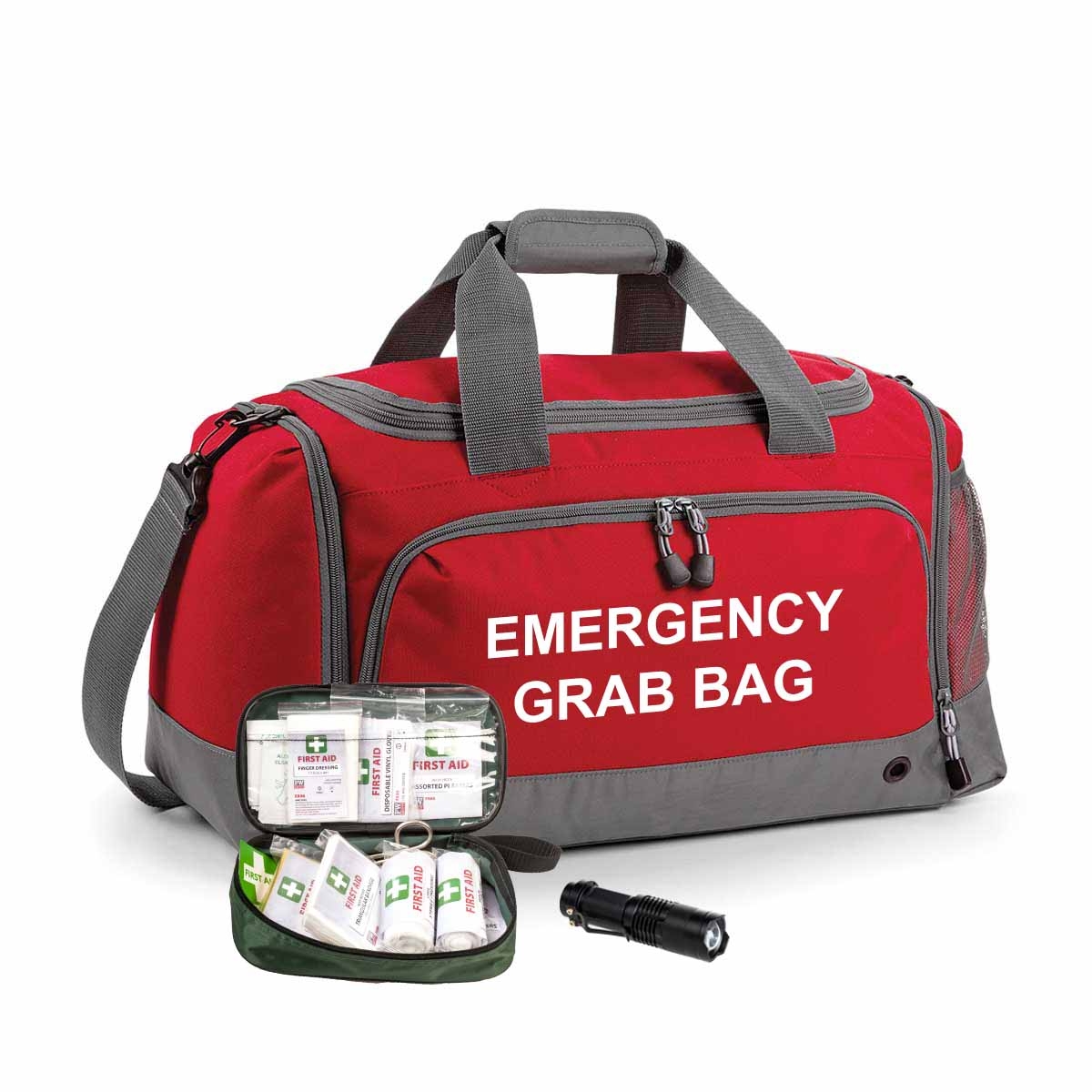Why am I writing this article? As an ex-soldier of 24 years’ service mainly within a high hazard mechanical engineering environment and a proud war veteran now serving as a health and safety consultant with Wirehouse Employer Services I feel that in my experience we are still seeing the “this will only take me a minute” culture.
For example:
When a mechanic is carrying out diagnostics beneath a vehicle or servicing, repairs etc. as these tasks are so common, people may get used to the fact that they are working under potentially lethal weights. Unfortunately, serious and fatal accidents do happen each year despite the dangers and precautions being well known. Why are we allowing this to happen at all levels?
My Experiences:
I did and still find that I am having to stop the job and discuss the dangers with workers at all levels of the workforce.
Whilst I was serving, I recall being the Duty Officer and on a routine, walk of the accommodation and car parks one evening, I found two of my soldiers trying to complete an oil change with a car wobbling on inappropriate ‘Jacks’ and fits of laughter coming from the second man who was more interest in filming using his mobile device. I am sure you can see the several failings and the need for me to intervein and stop the job.
On a more recent occasion I asked a garage owner if he knew what his requirements were under Provision and Use of Work Equipment Regulations (PUWER) 1998 and the Lifting Operations and Lifting Equipment Regulations (LOLER) 1998. after inspection of certain equipment within his garage area, he had to put them in to quarantine and the owner having a formal discussion with his Workshop Manager.
Fatalities:
A man aged 61, was working outside his home in Dorset in May 2020 when he was crushed to death by the Land Rover Freelander he was working underneath, which had rolled off the wooden blocks he used to prop it up.
The gentleman was a self-employed agricultural engineer, repairing a car for a customer, and was only months from retirement. He was pronounced dead at the scene by the emergency services.
Statistics:
According to the HSE, the annual death rate in the motor vehicle repair industry is 1.62 deaths per 100,000 workers – around four times the average rate across all industries. In total, 21 workers in the motor vehicle repair industry have been killed in the last five years – 13 of which were caused by work under a poorly supported vehicle.
Reported to the HSE as ‘Work Related Fatalities’ and ‘Non-fatal Accidents’, under the requirement of - Reporting of Injuries, Diseases and Dangerous Occurrences Regulations 2013 (RIDDOR) statistics are:
- Annual death rate in the motor repair industry 1.62 per 100,000 workers.
- 21 workers have lost their lives in the last 5 years.
- 13 workers were under a poorly supported vehicle.
There was also an alarming amount of ‘non-fatal injuries’ and ‘near misses’ following working under poorly supported vehicles. We understand that the figures relate to motor repair work, but we need to ensure the wakeup call is across all industries, including agriculture and transportation.
We fully understand and appreciate the work that the mechanics are up against, but we must ensure that health and safety is held in the highest degree by all.
Accident Investigation:
Internal accident investigation and reports need to be reviewed by the senior management team within any organisation and any lessons learnt from the previous ‘accidents’ or ‘near misses’ must be actioned within agreed timeframes with toolbox talks, risk assessments, safe systems of work reviewed and embraced at all levels.
Do not walk by unsafe practices and challenge any lack of safety measures you see.
Controlling Exposures to Hazards in the Workplace:
What are the five hierarchy of controls? The five steps in the hierarchy of controls, from most effective to least effective, are:
- Elimination.
- Substitution.
- Engineering Controls.
- Administrative Controls.
- Personal Protective Equipment.
PPE Considerations:
We all understand the hierarchy of control but remember that this should always be enforced within the workforce. Always consider and remember correct PPE is identified by the risk assessment and should always worn by the person in that area – this must be enforced by all persons and strict signage and control measures are in place.
A Robust Inspection Programme:
The requirements of PUWER and LOLER act together. While PUWER deals with the non-lifting aspects of work equipment, such as the choice of equipment for a specific task, maintenance and training etc. LOLER covers lifting aspects such as initial installation, the way the lifting operation is carried out and thorough examination requirements.
It is common practice in the industry to have six-monthly thorough examination for all vehicle lifts.
A Safe System of Work:
Good suitable and sufficient work instructions, operating procedures, risk assessments are reviewed and acknowledged prior to the work activity.
What is a Suspended Load:
A suspended load is an object that is temporarily lifted and hangs above the ground. Working or walking immediately under, close to a suspended load is unsafe as the load can or may fall on you. Always consider the line of fire if it drops ‘am I under it’ or ‘close to it’.
Key Points to Remember:
- Never work beneath a vehicle that is only supported on jacks: i.e., under a suspended load.
- Do not exceed the rated capacity of the stand that you are using.
- Use axle stands that are in good condition and inspected at least every year, ensure you check the dates and that the documentation is available.
- Understand the strong points on the vehicle.
- Use stands on firm, level ground and securely located them to the strong points on the vehicle (check the manufactories manual).
- Ensure that you secure the chock wheels that are remaining on the ground.
Air Suspension Points to Remember:
- Do not enter a space under a vehicle fitted with air suspension unless it is properly supported.
- Consider lock out tag out (control measure).
- Avoid suspended loads at all times.
- Prevent movement of air suspension, using suitably rated props or stands to prevent the chassis lowering or by deflating the system.
Culture within the Workplace or Environment:
Culture within the workplace or environment may need to be changed and upgraded but must be driven from the top and think about utilising the ‘Plan Do Check Act’ format and very quickly, the change throughout the business will be noticeable if it is driven correctly.






